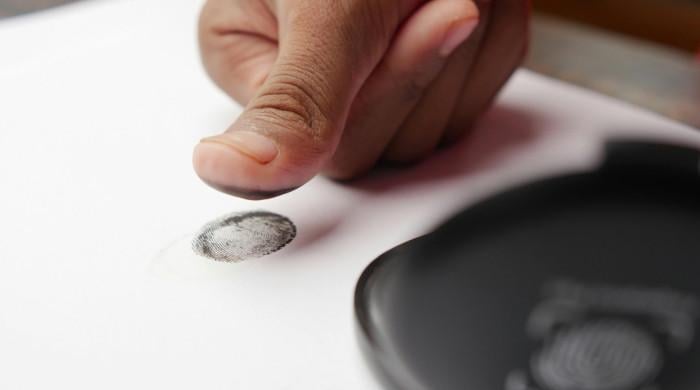Liquid metal helps turn common items to smart gadgets
Researchers from Tsinghua University have developed a new technique that will revolutionise electronics industry
June 11, 2023

Something as innovative as using liquid metal to turn common materials into intelligent electrical devices may have been unachievable a few decades ago, but it is now projected to become a reality, reported SciTech Daily citing a study.
According to a study published in the Cell Reports Physical Science journal by Chinese researchers, a new technique has been discovered that could completely revolutionise the electronics industry.
The study suggests that ordinary materials like paper and plastic may now be converted into electronic "smart devices" with the aid of liquid metal.
A straightforward yet ground-breaking technique has been developed by the research team, which is headed by Bo Yuan from Tsinghua University, to apply liquid metal coatings to surfaces that ordinarily do not bond well with the substance.
The study shows how effective this approach could be when applied on a large scale, opening the door to wearable testing platforms, flexible technology, and perhaps soft robotics.
Yuan explained the significance of their discovery, stating: "Before, we thought that it was impossible for liquid metal to adhere to non-wetting surfaces so easily, but here it can adhere to various surfaces only by adjusting the pressure, which is very interesting."
Previously, liquid metal's high surface tension hindered effective binding with traditional materials, leading to difficulty integrating with traditional materials.
Yuan and the team looked for an alternative that would enable direct printing of liquid metal onto substrates while maintaining its characteristics in order to get around these restrictions.
Eventually, they coated various silicone and silicone polymer stamps with two distinct kinds of liquid metal, eGaln and BilnSn, and used differing pressures to rub the stamps across paper surfaces.
Fortunately, researchers achieved stable adhesion of a liquid metal coating to paper by applying a small amount of force and folding the paper into a paper crane, indicating that metal-coated paper retains its original properties even after folding.
Despite these great developments, Yuan noted that it is still difficult to guarantee the longevity of the liquid metal coating after application, yet the team is determined to create an alternative to applying packaging material to the paper's surface.
Yuan remarked, "Just like wet ink on paper can be wiped off by hand, the liquid metal coating without packaging here can also be wiped off by the object it touches as it is applied. The properties of the coating itself will not be greatly affected, but objects in contact may be soiled."
Furthermore, researchers plan to expand the method's applicability to a wider range of surfaces and construct innovative smart devices.









